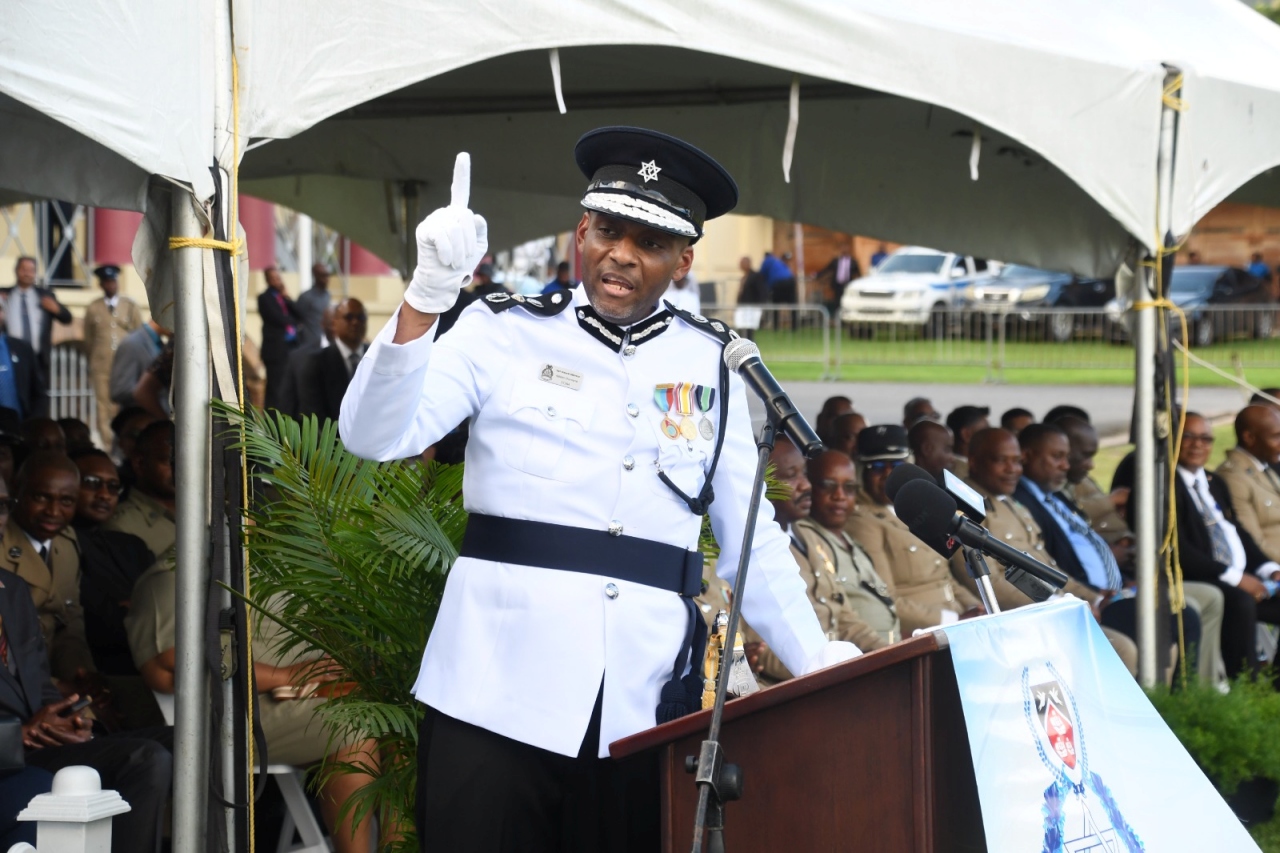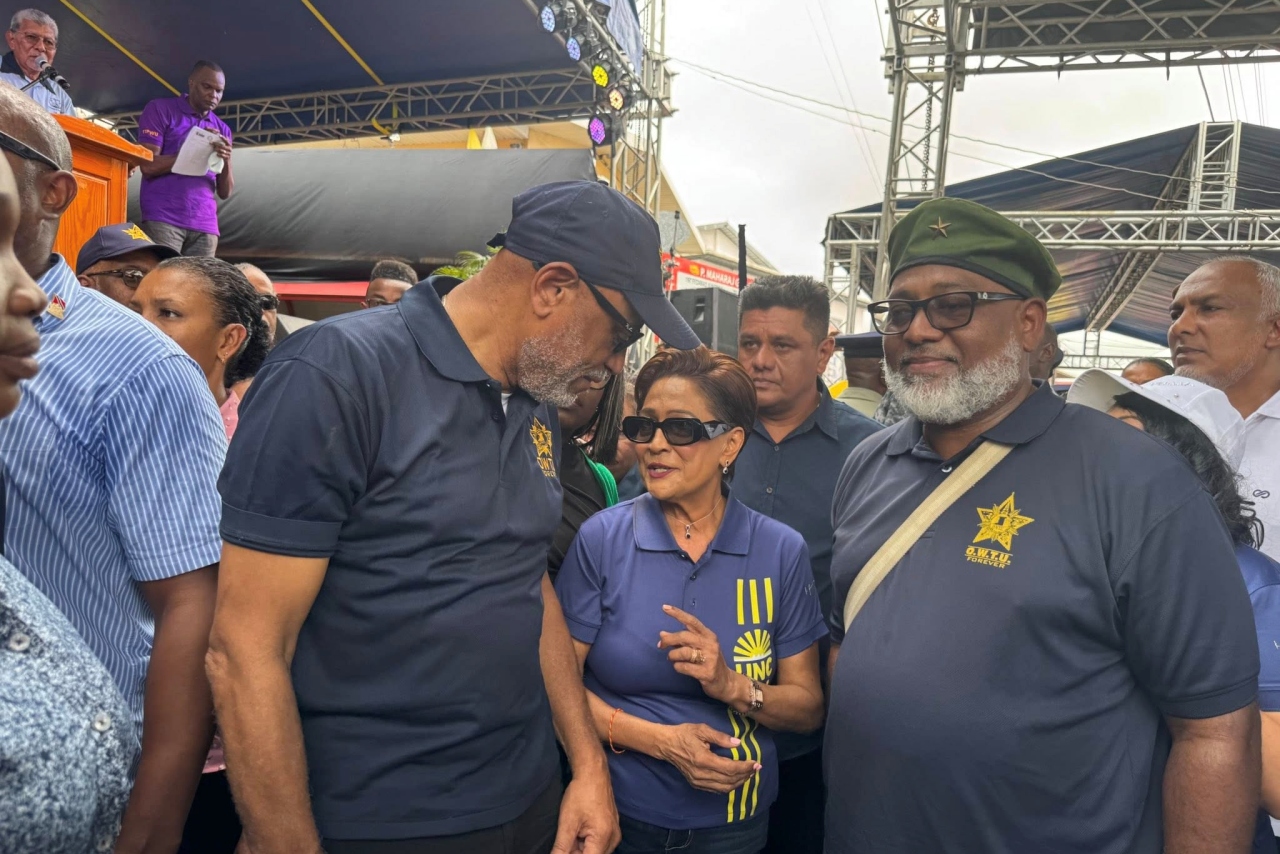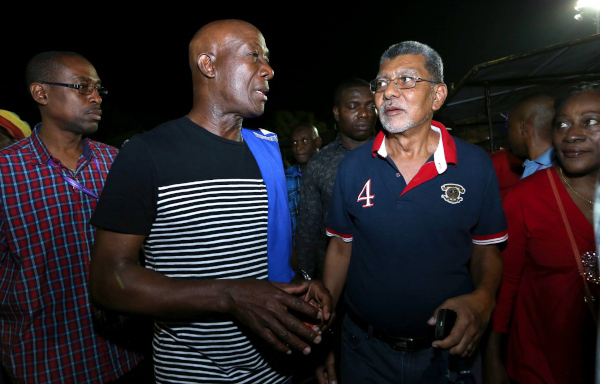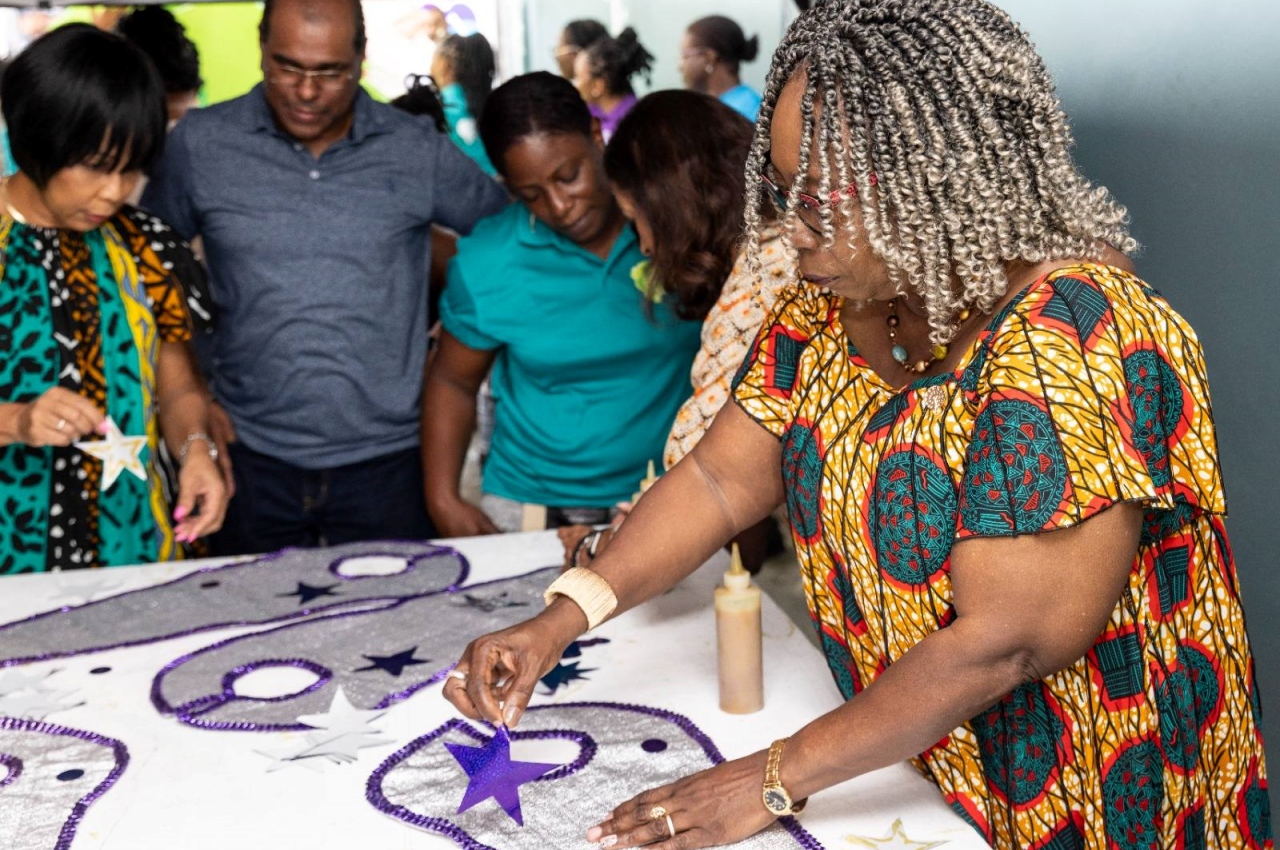“It was in the 1960s that the progress of Indos as a socio-economic group began to accelerate. This process had started in the 1930s with the rise of an Indian middle-class and increased interest in Indian culture…”
The following is an extract submitted to Wired868 by author Kevin Baldeosingh from his new book, From Colony to Curse: An Economic and Social History of Trinidad 1901-2001:

(via Kevin Baldeosingh)
In 1946, Hindu marriages were finally recognised by the State so that Hindu newborns who had previously been deemed illegitimate, even though their parents were married under Hindu rites, were now re-classified. The 1946 census was the first to have a ‘common law’ category for couples and, for East Indians 15 years and over, recorded 18,826 married persons and 58,809 common law (making up 52% of all Indo adults), with 29,630 single.
The census noted that: “From their first arrival to the Colony up to and including the Census of 1931, separate account was taken of the East Indian population gradually. However, it was becoming increasingly difficult to distinguish those of Indian origin or race from the rest of the native-born inhabitants, with that result that, statistics of Births and Deaths were made less reliable in this connection owing to religious conversion and the adoption of familiar Christian and western surnames.”
The census recorded 8,406 persons who called themselves ‘Indian-creoles’ and added: “By the recently taken Census the number of East Indians has been given as 11,457, a decrease since 1931 of 11,798. This would seem considerable in view of the normal death rate recorded in 1946 but, regard must be had to the advancing ages of the remaining Indians prior to and since the cessation of fresh arrivals in 1916–30 years ago.”
This may have affected mating calculations among the Indo populace, harking back to the initial indentureship imbalance which had helped raise the bargaining power of Indian women in Trinidad. The census showed that nearly twice as many Indo men as women were single (19,230 males and 10,400 females). But 9,533 Indo men were married, as compared to 9,293 Indo females, while 28,554 males were in common-law relationships compared to 30,255 females.

Deo, who lives in Penal, was born on 27 April 1914 and is the daughter of an indentured labourer.
(Copyright Ghansham Mohammed/Wired868)
This implies that several men had more than one spouse. However, the census also complained that: “Those who describe themselves as ‘common law’ gave no information under either of these heads (married, widowed, divorce). They have been included among the unmarried but it is open to question if some married or widowed or divorced people have no taken advantage of this loose designation.”
In respect to Indians, the new Hindu marriage law took some time to take effect and, when it did, there was just a two percent difference in marriages.
A survey of the colony in 1946 found that the fertility rate was highest among Indian and Chinese women, followed by mixed and coloured, and lowest among blacks and whites. Unsurprisingly, the survival rate for children was highest among Europeans, followed by Mixed and Coloured, then Indians and lowest among Africans.
Children born to married women were most likely to survive to fifteen years, while those born to single women were least likely to do so, with a seven percent difference.
Forty-one percent of white women had their first child after the age of twenty-three, while 74 percent of Indian women had their first child under that age, as did 55 percent of black women. More than half of Indian women (52 percent) had their first child under the age of nineteen, but just 26 percent of black women did.
By 1951, marriages, which had averaged 16 per 1000 persons during the war years, returned to their normal level of 12 per 1000.

(via Kevin Baldeosingh)
In 1960, as in 1946, there was a sex disparity between the two main racial groups: among Afro-Trinidadians, females outnumbered males, whilst the reverse was the case for Indo-Trinidadians. There is no breakdown for mixed population by specifics, but the group increased by 3 percent in between 1946 and 1960.
At the given birth-rate, if mixed people were only having babies with other mixed persons, this would have resulted in a 1960 mixed populace of about 105,000. Instead, the 1960 census totals the mixed population at 135,000, which implies that in the 1950s Indo men and Afro women were already overcoming racial and bedroom barriers due to the shortage of partners within their own groups.
It was in the 1960s that the progress of Indos as a socio-economic group began to accelerate. This process had started in the 1930s with the rise of an Indian middle-class and increased interest in Indian culture; and, a generation later in the first month of 1961, the Metro cinema in the southern town of San Fernando was showing Dil Deke Dekho, the Crest cinema in the eastern urban centre of Curepe was screening Dhool Ka Phool, and Mars cinema in rural San Juan featured Chhoti Bahen.
The existence of cinemas showing Indian movies was not only because Indo-Trinidadians dominated movie import and cinema businesses in the island, but also because the Indo community was now prosperous enough to form a leisure class with disposable income.
At the same time, Indo-Trinis were also involved in the Afro-Trinidadian culture: an ad for the Penthouse restaurant in Salvatori Building in Port-of-Spain featured: ‘The Calypso Girl—Vilma Ali, in a fabulous floor show tonight!’
Want to share your thoughts with Wired868? Email us at editor@wired868.com.
Please keep your letter between 300 to 600 words and be sure to read it over first for typos and punctuation.
We don’t publish anonymously unless there is a good reason, such as an obvious threat of harassment or job loss.
 Wired868 Wired868 for smart sport news and opinion
Wired868 Wired868 for smart sport news and opinion






